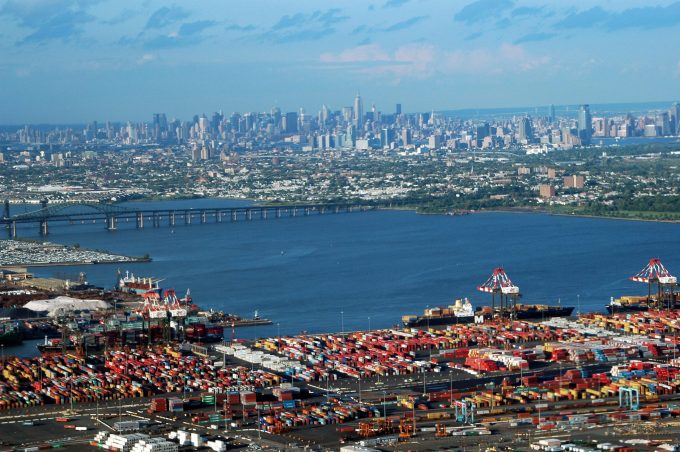East coast port talks resume, with automation and jobs still the sticking points
Negotiations between the International Longshoremen’s Association (ILA) and the United States Maritime Employers (USMX) will ...

US importers and forwarders are looking to New York’s Port Elizabeth Terminal for a faster intermodal link to the US Midwest and Canada.
APM Terminals Elizabeth is marketing a new service that claims faster transfers from ship to rail, with multiple daily train departures to the interior.
Key to the operation is a direct-to-rail landing zone at the terminal for rapid transfer of containers to an 18-track rail operation to build double-stack trains to feed the networks of CSX, Norfolk Southern and ...
Trump tariffs see hundreds of cancelled container bookings a day from Asia
'Disastrous' DSV-Schenker merger would 'disrupt European haulage market'
'To ship or not to ship', the question for US importers amid tariff uncertainty
'Chaos after chaos' coming from de minimis changes and more tariffs
List of blanked transpac sailings grows as trade war heats up and demand cools
EC approves DSV takeover of DB Schenker
Shippers in Asia restart ocean shipment bookings – but not from China
Forto 'sharpens commercial priorities' as it lays off one-third of staff
India withdraws access for Bangladesh transhipments, in 'very harmful' decision
'Tariff hell' leaves industries in limbo – 'not a great environment to plan'
IndiGo fleet expansion plan will include a major push to boost cargo volumes
Pre-tariff rush of goods from US to China sees air rates soar, but not for long

Comment on this article